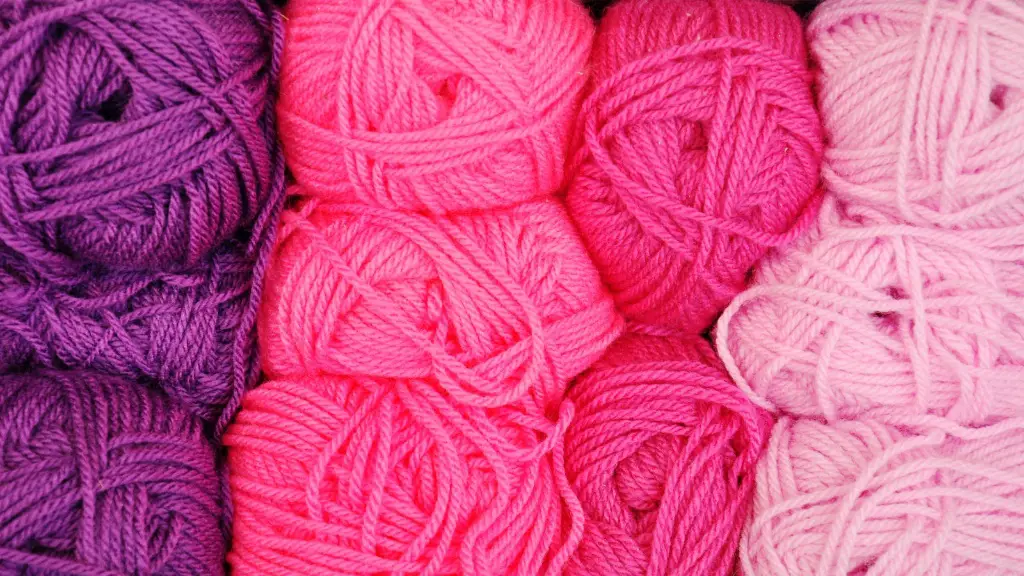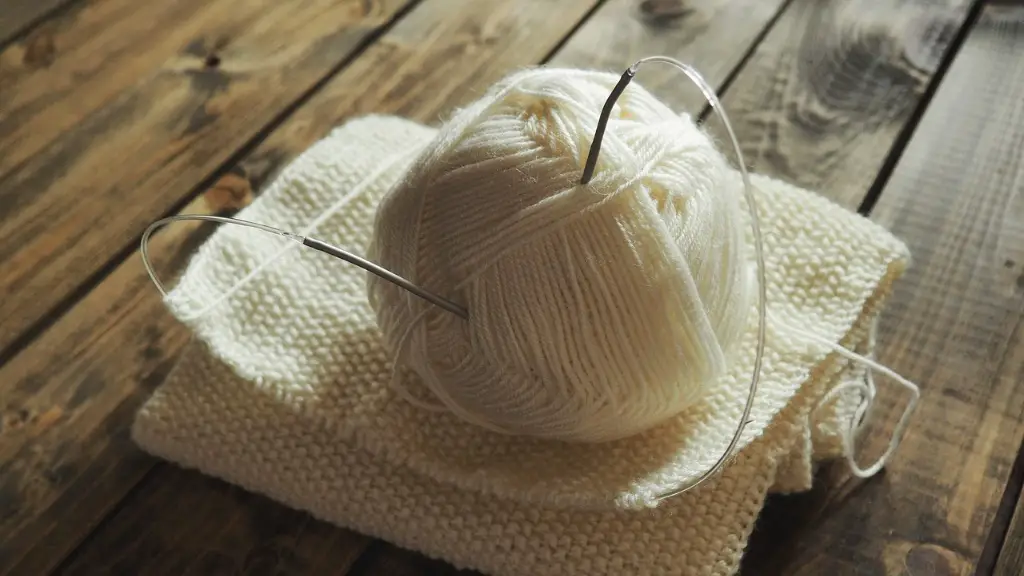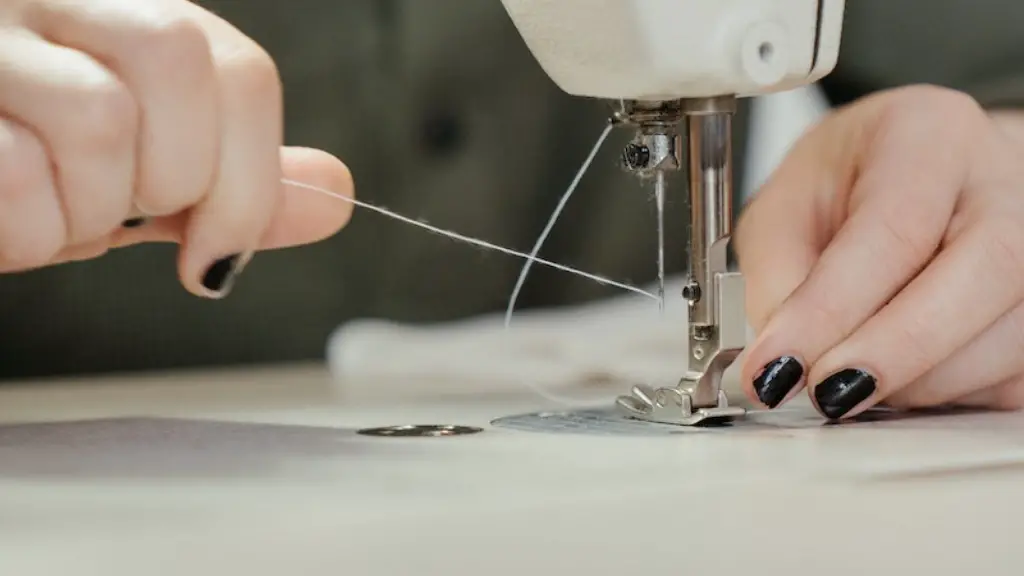How to service a Singer 99k Sewing Machine
Singer 99k sewing machines offer a reliable, efficient operation, allowing sewers to customise their projects to their exact specifications. Regular servicing can go a long way to ensure the machine continues to function at its peak level. In addition to more complex tasks like replacing the machine’s power cord and motor, many of the minor maintenance items like lubricating the feed dog, testing the stitch length, replacing the bobbin cases, and adjusting the thread tension are simple, daily tasks that owners of Singer 99k machines can complete on their own.
To service the machine, you’ll need the manual that was supplied with the machine, a few simple tools, and an original Singer lubricant. The lubricant can be purchased from the Singer website and is essential for proper machine maintenance as it helps to keep the moving parts of the machine operating smoothly.
The first step in servicing a Singer 99k is to remove the covers from the machine and vacuum any excess lint or debris from the interior of the machine. You should also remove the light bulb cover and vacuum beneath the cover plate to ensure that lint and dirt do not build up in the machine. The power cord and any foot control switches should be inspected closely for any signs of wear and tear, which should be fixed promptly.
After removing the covers and replacing the light bulb cover, the bobbin case each spool pin should be removed, lubricated, and put back in place. The needle bar should be examined and verified to ensure that it is in the correct position and that it is properly secured. The feed dog should also be lubricated and adjusted as needed. It is important to note that the needle should be removed before servicing the feed dog.
The tension discs should be adjusted and adjusted again if necessary after checking the stitch length. The tension will be affected by changing the thread or changing to heavier or lighter weight fabrics. You should also make sure that the thread is loaded properly on the discs and threaded properly through the machine. Not threading the machine properly will affect the stitch length.
The last step in servicing a Singer 99k sewing machine is to adjust the tension on the take-up lever. This lever is responsible for controlling the tension of the thread and is adjusted by turning the small knob located on the top of the machine. Finally, oil needs to be applied to the cranks and gears after they have been cleaned and properly set.
Understanding Thread Tension
When sewing, correct thread tension is essential to ensure good stitch formation and evenness across the work. If the fabric puckers or the stitches break, the thread tension is most likely incorrect. First, check to make sure the thread is the correct weight for the fabric. If the thread is the correct weight, then test the tension of the Singer 99k by using a tension gauge. This is a small device that can be placed between the threads at the back of the machine to measure the amount of tension applied. A reading of 4-6 should be ideal for most types of fabric.
To adjust the tension of the thread, loosen the tension knob and insert a metal feeler gauge between the tension discs. The bottom edge of the feeler gauge should be at the same height as the top edge. Now, turn the tension knob until the metal gauge is held softly against the tension discs. This will ensure the plunger can slide between the discs and thread can be fed correctly. It is important to test the thread tension after adjustment to check for the correct settings.
To verify that the correct tension has been set, make two test stitches on scrap fabric. The reverse side of the stitch should be almost as tight as the front, with no loops or puckers on either side. Adjust the tension if necessary.
Lubricating the Machine
Using the correct type of lubricant is essential for proper machine maintenance. You should only use Singer-approved machine oil as it is specially formulated to keep the machine working optimally. Over time, lint and debris can build up in the machine, blocking the oil from reaching areas where it is needed. As a result, the machine can become noisy, difficult to use, and inefficient.
To lubricate a Singer 99k, start by cleaning off any lint and debris with a soft brush or cloth. Next, place a few drops of oil on the machine’s cranks and gears, as well as on the tension discs. Apply a few drops of oil to the bottom of the bar, which will help it move smoothly. Finally, apply a few drops of oil on the underside of each needle bar and on the mattress, which should help keep the needle from rusting.
It is important to remember to check and clean the machine regularly to ensure it is working properly. This can be done by cleaning the bobbin case, adjusting the tension, and checking for any worn or broken parts.
Maintaining Power Cords and Motors
The motors and power cords of Singer 99k machines can wear out over time, causing problems with the operation of the machine. To ensure they are in good working condition, they should be tested every few months. This can be done by checking the connection between the power cord and the motor and making sure there are no loose connections. If there are any problems, they should be addressed immediately.
In some cases, the power cord may need to be replaced. To replace the power cord, first turn the power off and unplug the machine. Then, remove the cover plate and locate the power cord connection. Disconnect the power cord and remove it from the machine. Check the connection to the motor and make sure it is secure. Finally, re-connect the power cord and plug in the machine.
If the motor needs to be replaced, it is best to consult the manual and contact a professional technician. Motor replacement is a complex process that should not be attempted by those with little experience.
Replacing and Adjusting Bobbin Cases
To clean the bobbin case of a Singer 99k sewing machine, first unplug the machine and remove the bobbin case. Then, clean the bobbin case with a soft cloth to remove any lint or debris that may be stuck to it. Also, check the bobbin case for any wear or damage that could affect the operation of the machine. If necessary, the bobbin case should be replaced with an original Singer bobbin case.
After replacing the bobbin case, it should be adjusted correctly before being put back in the machine. To adjust the bobbin case, loosen the screw located at the top of bobbin case and move it until it is at the same level as the needle. Now, turn the small knob located at the back of the bobbin case until it touches the needle. Finally, check to make sure that the bobbin case is secure and that the needle is passing through the bobbin case freely.
Testing the Stitch Length
In order to test the stitch length of the Singer 99k sewing machine, first make sure the machine is in straight stitch mode and thread it correctly. Now, place scrap fabric under the presser foot and turn the hand wheel until the needle is at its lowest point. Adjust the stitch length selector until the desired stitch length is achieved. To test the stitch length, sew a few rows on scrap fabric and use a seam guide or ruler to measure the actual stitch length.
If the stitch length is not correct, the stitch length selector must be adjusted. Turn the selector until the correct stitch length is achieved and then make a few test stitches to make sure the stitch length is correct. Keep adjusting the selector until the correct stitch length is achieved. Once the stitch length has been set, it can be locked in place so that it does not need to be readjusted.
Adjusting Thread Tension
If the thread tension is incorrect, it can cause the stitches to be uneven or the fabric to pucker. To adjust the thread tension of the Singer 99k, first check to make sure the thread is properly positioned on the tension discs and properly threaded through the machine. Now, turn the tension knob until the desired tension is set and make sure the needle is at its lowest point. Make a few test stitches to check the tension and adjust as needed.
The tension of the thread should also be checked after changing to heavier or lighter fabrics. This can be done by testing the tension with a tension gauge. A reading of 4-6 should be ideal for most types of fabric. It is important to adjust the tension before each project to ensure the machine operates efficiently.
Cleaning the Machine
To clean a Singer 99k sewing machine, first unplug the machine and remove the covers. Clean the exterior with a soft cloth and vacuum the interior to remove any lint or debris. Be sure not to use any solvents or abrasive cleaners because they can damage the machine. Pay special attention to the needle bar, foot pedal, and bobbin case, as these areas need to be kept clear of debris and lint.
Once the machine is clean, apply lubricant to the cranks, gears, and tension discs. Make sure to use an original Singer lubricant as it is specially formulated to keep the machine running smoothly. Finally, replace the covers and check to make sure that the machine is running properly.





